Here, we highlight the books we think are vital resources for Chinese animal studies. This list is updated regularly and uses keywords to help when searching. Have a book to recommend? Please email us here!
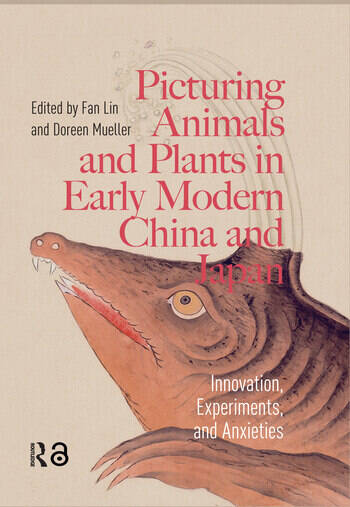
Picturing Animals and Plants in Early Modern China and Japan edited by Fan Lin and Doreen Mueller (Routledge, 2025)
The collected volume Picturing Animals and Plants reveals how images supported, even supplanted, text in knowledge production. Chapters focus on the accurate representation of animal bodies in illustrations, the differing pictorial programmes of flyers, paintings, and portraits, and the spectacle of viewing animal exhibits and displays in urban China and Japan.
Keywords: Representations of animals, scientific study of animals, display and exhibiting
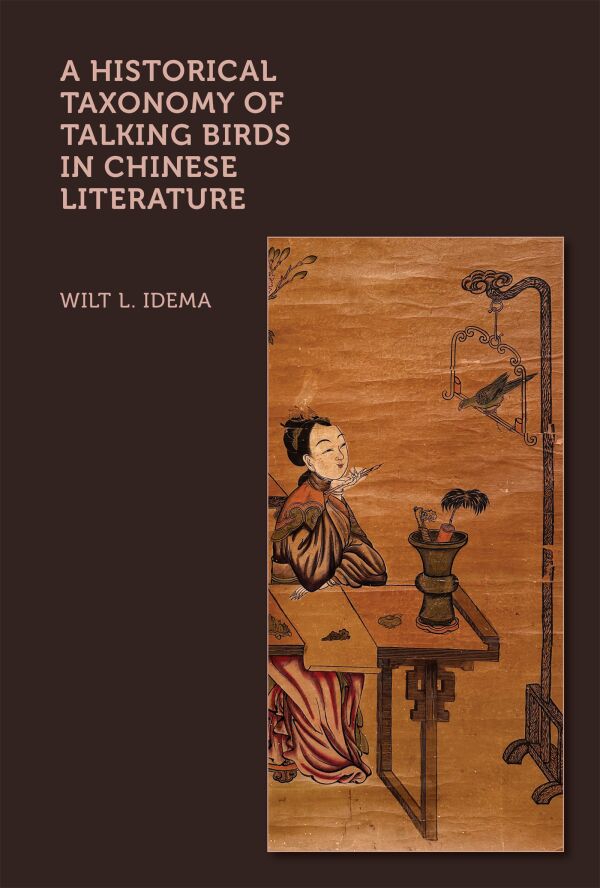
A Historical Taxonomy of Talking Birds in Chinese Literature by Wilt L. Idema (Harvard University Press, 2025)
Talking Birds presents a sourcebook of stories about talking parrots and mynah birds. In these superbly readable translations, we see birds deceive, confess, compose poetry, and attain Buddhist salvation from early China all the way down to the twenty-first century.
Keywords: Literature, talking animals, gender, religions

Kings of Oxen and Horses: Draft Animals, Buddhism, and Chinese Rural Religion by Meir Shahar (Columbia University Press, 2025)
This study explores how religious practices provided ways for people to safeguard, even pray for the salvation of, their draft animals. Using an array of texts from India and China and covering antiquity to the modern-day, this far-reaching study explores the cult of the Ox and Horse King in rural and urban life.
Keywords: Religions, ritual, dietary taboo, agriculture

In the Land of Tigers and Snakes: Living with Animals in Medieval Chinese Religions by Huaiyu Chen (Columbia University Press, 2023)
This book is situated at the intersection of religious, animal, and social history. It provides fascinating insight into how religious communities competed in taming the threats of tigers, locusts, and pheasants in middle period China.
Keywords: Religions, rituals, policy, violence and eradication, talking animals
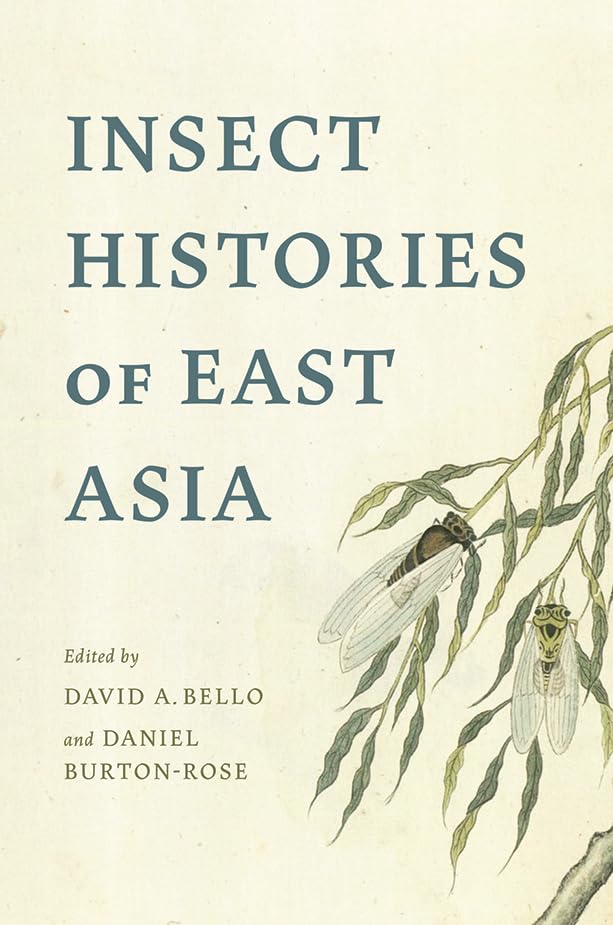
Insect Histories of East Asia edited by David A. Bello and Daniel Burton-Rose (University of Washington Press, 2023)
This collected volume brings overlooked creepy crawlies to the fore and covers the good, the bad, and the ugly parts of life with (and without) insects. Chapters vary in focus and approach, covering etymology, entomology, literature, and eradication campaigns.
Keywords: Policy, scientific study of animals, violence and eradication
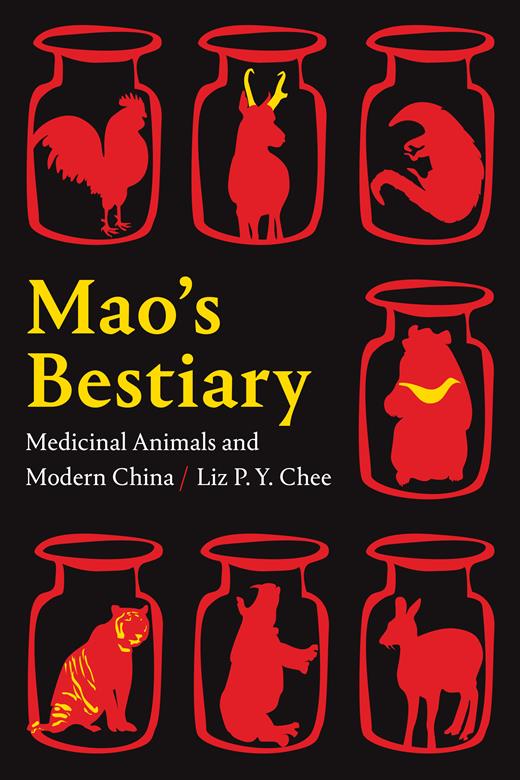
Mao’s Bestiary: Medicinal Animals and Modern China by Liz P.Y. Chee (Duke University Press, 2021)
Liz P.Y. Chee explores pharmaceutical and traditional thinking about animals as part of Maoist China. While not strictly located within animal studies, this book opens a fascinating window into the different areas of life animals influenced in contemporary history.
Keywords: Medicine, policy, animal products, scientific study of animals
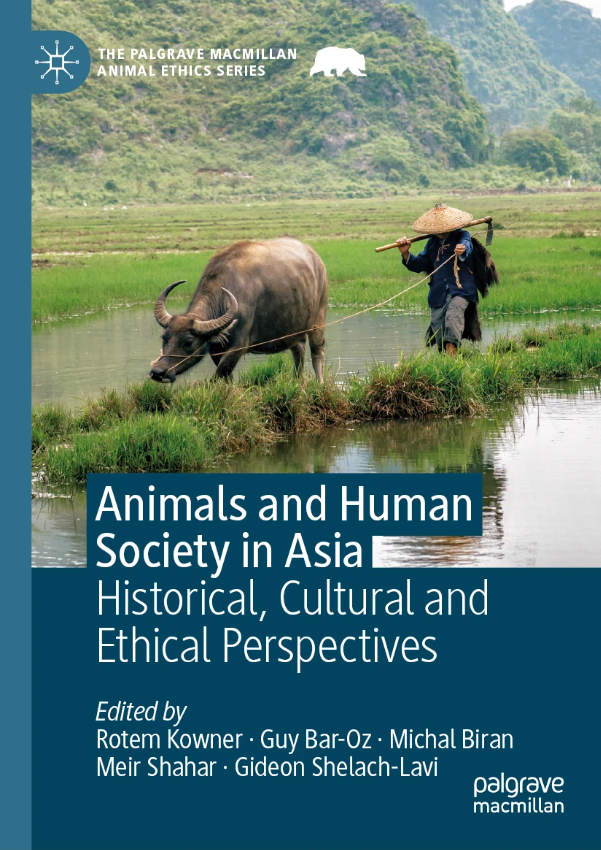
Animals and Human Society in Asia: Historical, Cultural and Ethical Perspectives edited by Rotem Kowner, Guy Bar-Oz, Michal Biran, Meir Shahar, and Gideon Shelach-Lavi (Palgrave McMillan, 2019)
The collected volume Animals and Human Society in Asia contains studies of the past, present, and future of Asian human-animal interactions. Comparative potential abounds across the volume as a whole. China-specific chapters include twentieth-century dairy farming, Ming horse management, the Horse King, and Buddhist descriptions of apex predators.
Keywords: Animal management, animal products, religions, ritual
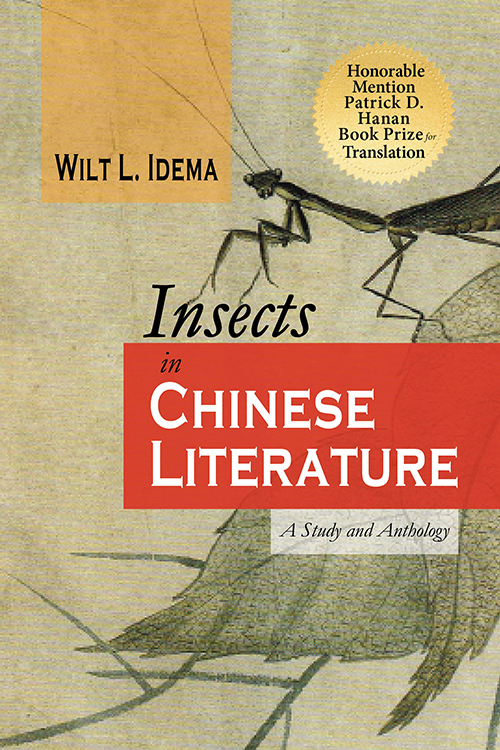
Insects in Chinese Literature: A Study and Anthology by Wilt L. Idema (Cambria Press, 2019)
This anthology brings together instances of talking insects in classical poetry and traditional popular literature. From insect weddings to court cases featuring lice, this anthology reveals rare literary cases of talking creepy crawlies.
Keywords: Literature, talking animals
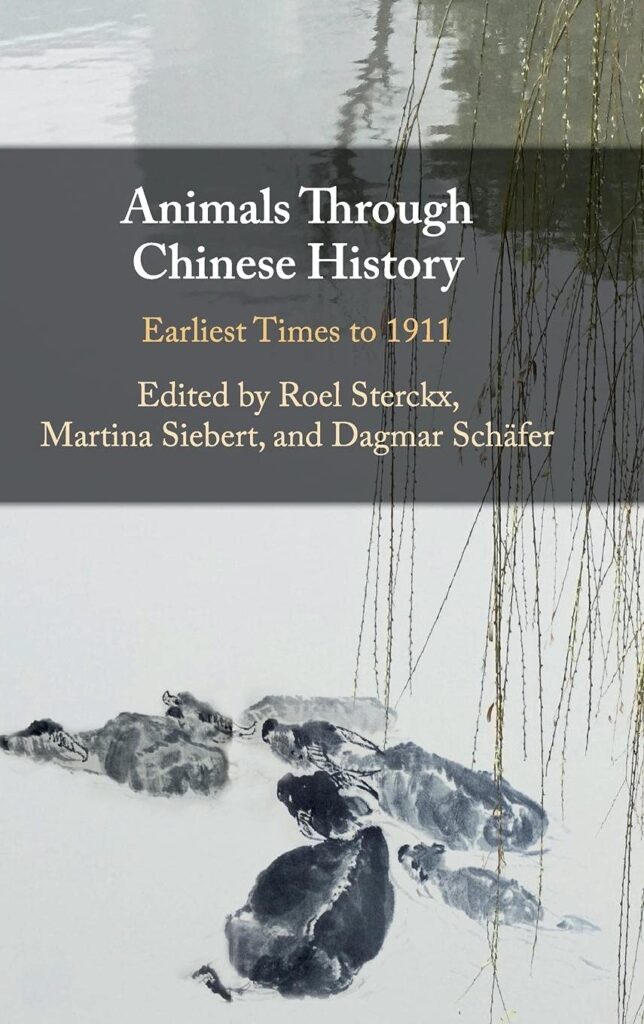
Animals Through Chinese History, Earliest Times to 1911 edited by Roel Sterckx, Martina Siebert, and Dagmar Schäfer (University of Cambridge Press, 2018)
This edited volume provides a profound overview of topics concerning the animal throughout Chinese history. Whether exploring the literary implications of animals, the keeping of imperial horses, or the cultural history of bees, this well-compiled volume offers insights relevant to all areas of Chinese studies.
Keywords: Ritual, animal products, animal management, animal morality, medicine, agriculture
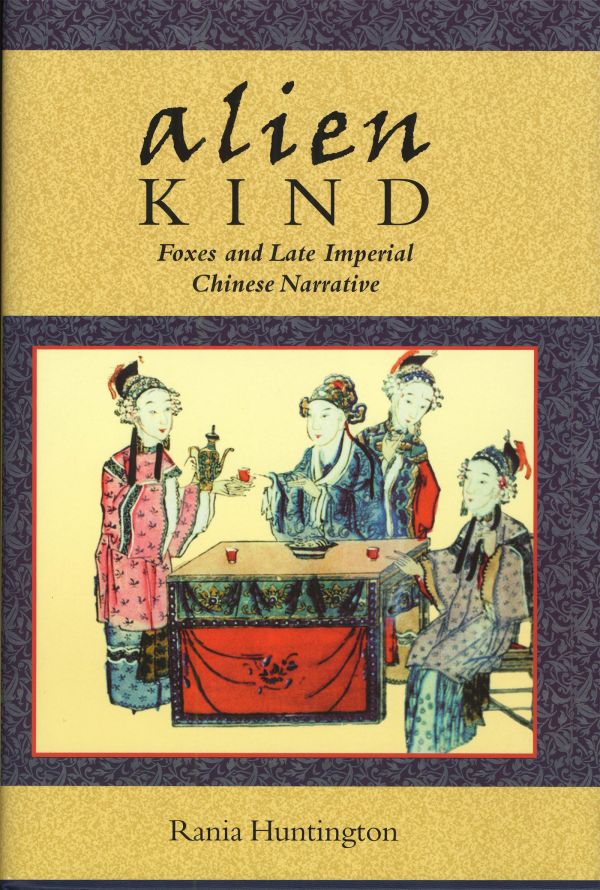
Alien Kind: Foxes and Late Imperial Chinese Narrative by Rania Huntington (Harvard University Press, 2004)
Alien Kind examines the rich tradition of fox spirits in late imperial Chinese narratives. Focusing on the liminality of foxes as transgressive creatures crossing boundaries, the book extensively explores Chinese fox lore as well as its cultural implications.
Keywords: Literature, religions, boundaries, gender
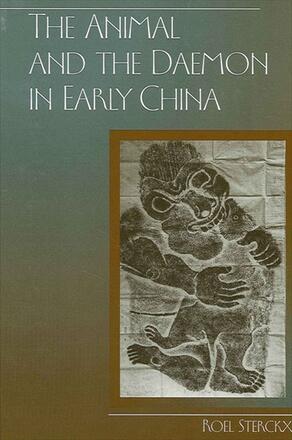
The Animal and the Daemon in Early China by Roel Sterckx (State University of New York Press, 2002)
The Animal and the Daemon continues to be essential reading when thinking about the place of the nonhuman in early Chinese thought. Using texts, images, and excavations, this book exposes how humans and nonhumans were enmeshed in both the philosophy and daily life of early China.
Keywords: Philosophy, religions, ritual, boundaries, music
All book covers © their respective owners. The images are reproduced here only for illustrative, non-commercial purposes
